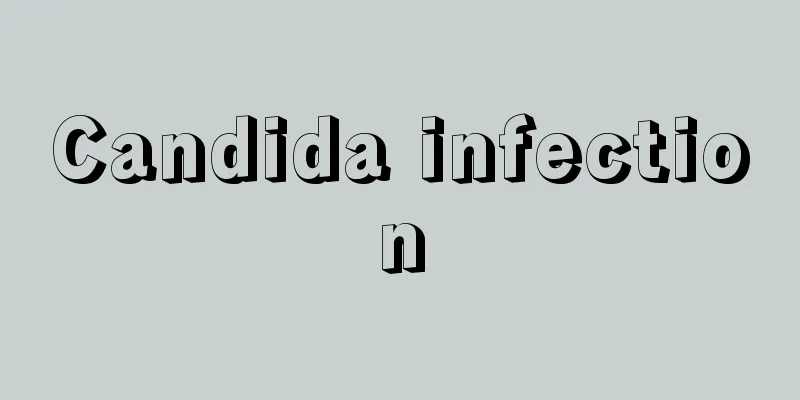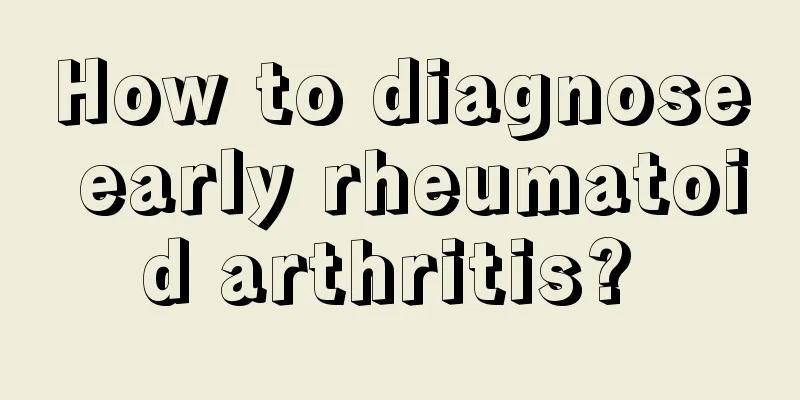Frontal sinusitis migraine

|
Frontal sinusitis is a nasal disease, but when suffering from this disease, patients often also have headaches, causing great pain to patients. In this case, in addition to taking certain measures to stop the headache, appropriate and effective methods should also be taken to treat frontal sinusitis. So, what are the specific treatments for frontal sinusitis? This will be described in detail below. 1. General treatment The general treatment is not to use any external treatment methods, as long as the patient pays attention to rest and drinks more hot water. This is to reduce the progression of the disease. 2. Anti-inflammatory treatment If frontal sinusitis is really getting worse, it is recommended to take some anti-inflammatory drugs for treatment. Penicillin antibiotics should be used first and in sufficient quantities. Avoid using medicine indiscriminately. 3. Local treatment Nasal treatment includes nasal vasoconstrictors, antibiotic nasal drops, and nasal replacement surgery. Physical therapies such as ultrasonic atomization, steam inhalation, and local hot compress can be used. 4. Surgery If frontal sinusitis does not improve after one month of medication or is completely ineffective, surgical treatment should be considered. Because surgical treatment is the fastest way to resolve frontal sinusitis. Endonasal surgery includes correction of high nasal septum deflection, nasal polypectomy, partial resection of the middle turbinate, etc. This type of surgery is suitable for patients with chronic suppurative frontal sinusitis who have not responded to non-surgical treatment, but it is not suitable for patients with a history of frontal sinus trauma or complications of frontal sinusitis. This type of surgery is also called adjunctive surgery. The patient of frontal sinus intranasal surgery lies supine, and the surface anesthesia or general anesthesia is given to the nose. A "V"-shaped incision is made at the root of the nose on the lateral nasal wall, the mucosa is peeled off, the uncinate process is removed, and the anterior ethmoid sinus is opened. If the middle turbinate is enlarged, the middle turbinate should be fractured and displaced first, or the middle turbinate should be partially removed, the posterior edge of the maxillary process should be chiseled off, and the nasofrontal duct should be enlarged. During the operation, attention should be paid to the cribriform plate on the inner and posterior side of the nasofrontal duct. The mucosal flap should be repositioned after the operation, and the frontal sinus can be drained with a 6mm silicone tube and flushed after 6 days. This operation is relatively simple. There is less damage to the mucosa, it is relatively safe, it is not easy to cause stenosis of the nasofrontal duct, and no scars are left on the forehead. There is no need for more complicated intranasal frontal ethmoid surgery. If the effect is not good, extranasal surgery of the frontal sinus can be performed. |
<<: How to treat frontal sinusitis
>>: Does Bitifo cold light teeth whitening device have side effects
Recommend
CT features of small cell lung cancer
The CT features of small cell lung cancer usually...
What does it mean when the cough becomes more and more severe in the late stage of lung cancer?
What does it mean that the cough becomes more and...
Heavy menstrual flow after medical abortion
What should I do if my menstrual flow is heavy af...
How to use tomatoes to treat ten diseases
Tomatoes are a plant of the Solanaceae family and...
What are the benefits of foot soaking
There are many benefits of foot soaking, such as ...
Itch between genitals and anus
Many diseases of the human body are caused by not...
Things to note when doing rhinoplasty
Plastic surgery is a very common thing nowadays. ...
Depigmented leukoplakia
When depigmented white spots appear, don't ru...
What is the effect of albumin injection for liver cancer? Pay attention to these symptoms
What are the effects of albumin injection for liv...
Under what circumstances can lung cancer not be treated surgically?
Under what circumstances can lung cancer not be t...
How long can you live with prostate cancer
Prostate tumors include tumors of prostate epithe...
What are the symptoms of gastric cancer metastasis? Gastric cancer has already given you signals
Gastric cancer is a common cancer in clinical pra...
What causes low thyroid stimulating hormone?
When it comes to low thyroid stimulating hormone,...
What are the methods of treating vascular headaches with medicinal diet
Vascular headaches can be said to be extremely ha...
What is the reason for swollen feet after standing for a long time
In our lives, many people need to stand for a lon...









